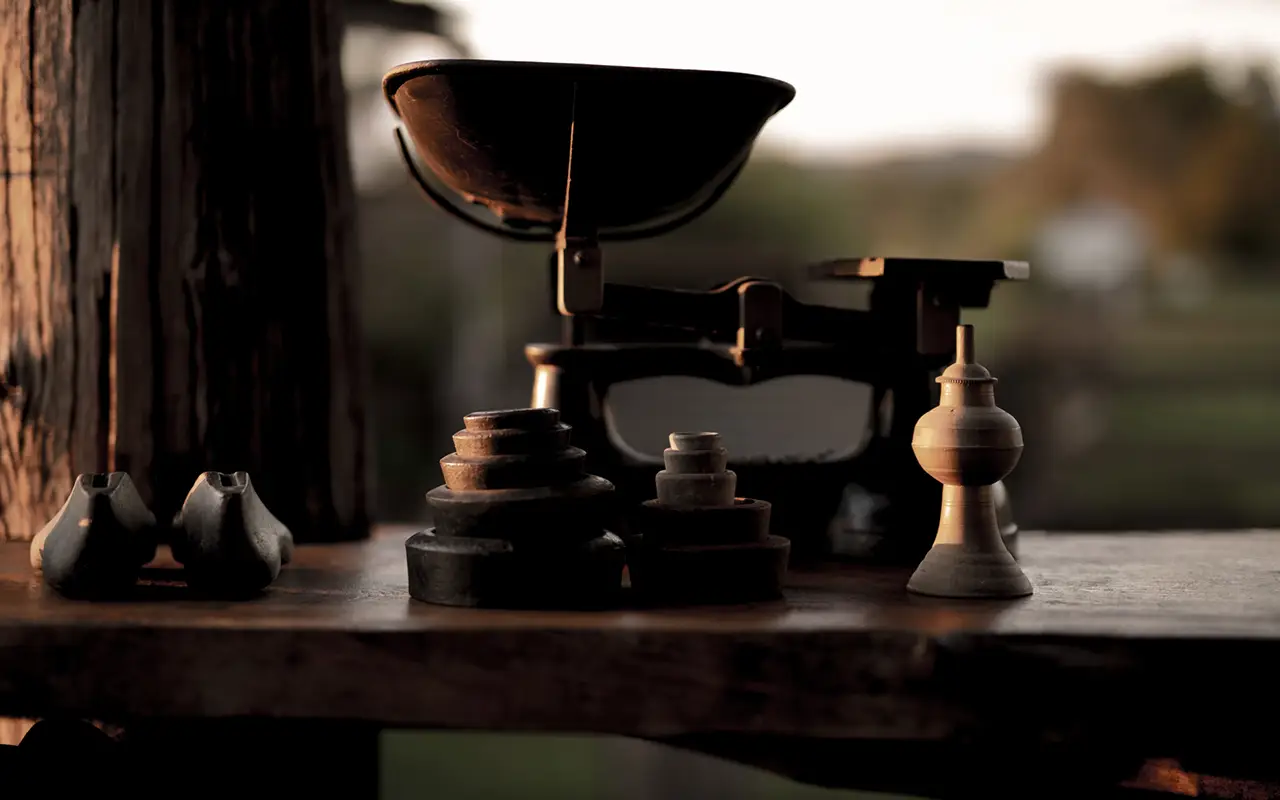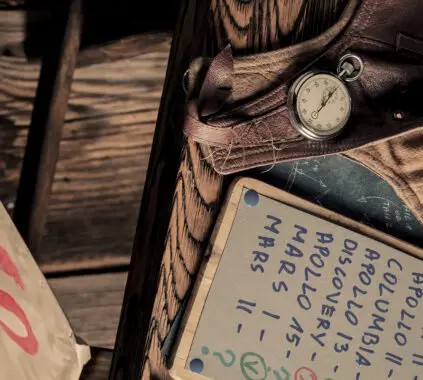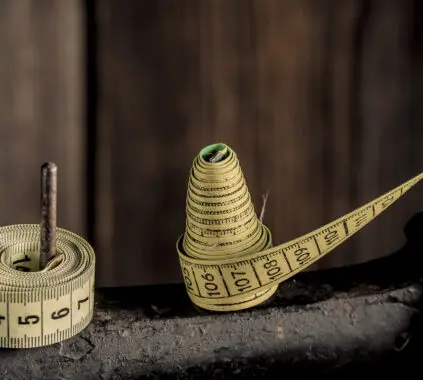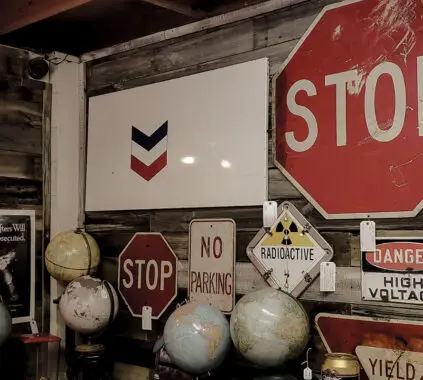The Scene: The Moment That Breaks Most People
You hit a wall.
A project fails.
A big idea doesn’t land.
You put your heart into something—and it doesn’t work out.
And this is where most people get stuck.
Not because they aren’t talented.
Not because they don’t have good ideas.
But because they don’t know how to recover fast enough.
Because here’s the truth:
The most successful creatives and leaders aren’t the ones who never fail.
Why Recovery Speed Matters More Than Perfection
Most people think success is about getting everything right.
But in reality? Success is about getting back up quickly when things go wrong.
- The faster you recover → the more risks you take.
- The more risks you take → the more breakthroughs you have.
- The more breakthroughs you have → the faster you grow.
The Fix: Instead of Avoiding Failure, Train for Recovery.
Because when you build the skill of quick creative recovery—
Nothing can stop your momentum.
The Experiment: 3 Ways to Recover Faster (So You Never Stay Stuck)
1.The “Failure Reframe” Trick
Most people take failure personally—so they avoid it at all costs.
But top creatives & leaders reframe failure as data, not identity.
The Fix: Every time something goes wrong, ask:
- What did this teach me that I couldn’t have learned otherwise?
- What’s the next best step forward?
- How would I handle this differently next time?
Instead of spiraling, you move into problem-solving mode.
Instead of losing confidence, you gain experience and clarity.
The faster you reframe, the faster you recover.
2. Shorten Your “Recovery Window” (Set a Time Limit for Feeling Stuck)
Most people stay in a slump for too long after something goes wrong.
But top creatives train themselves to shrink that window.
The Fix: Give yourself a time limit for feeling stuck.
- Got bad feedback? You get 20 minutes to be frustrated—then you move forward.
- Project didn’t go as planned? You get one evening to reset—then you pivot.
- Creative block? You get one hour to overthink—then you take action anyway.
This stops failure from stealing days, weeks, or months of progress.
It turns setbacks into brief moments, not long-term roadblocks.
The faster you decide to move forward, the faster new opportunities appear.
3.Have a Pre-Planned “Reset Ritual” (So You Never Stay Stuck for Long)
The mistake most people make? They wait until they feel better to take action.
But top creatives and leaders have a go-to reset strategy that kicks in automatically.
The Fix: Design Your Personal “Reset Ritual”
- A playlist that re-energizes you.
- A physical action (walk, gym, breathwork) that resets your mindset.
- A creative exercise that forces momentum (writing, sketching, brainstorming).
This trains your brain to recover on autopilot.
You don’t wait to “feel ready”—you trigger momentum manually.
And when recovery is automatic, setbacks stop slowing you down.
The Final Lesson: Motivation Isn’t About Willpower—It’s About Visible Progress
If you train yourself to recover quickly, you become unstoppable.
You stop fearing failure—because you know how to bounce back.
You stop overthinking—because action replaces hesitation.
You stop losing momentum—because you never stay stuck for long.
Because at the end of the day?
The most successful creatives & leaders aren’t the ones who get everything right.
They’re the ones who refuse to stay down.
Your Challenge This Week
- Next time you feel stuck, use one of the three recovery strategies.
- Notice how it changes your speed of bouncing back.








